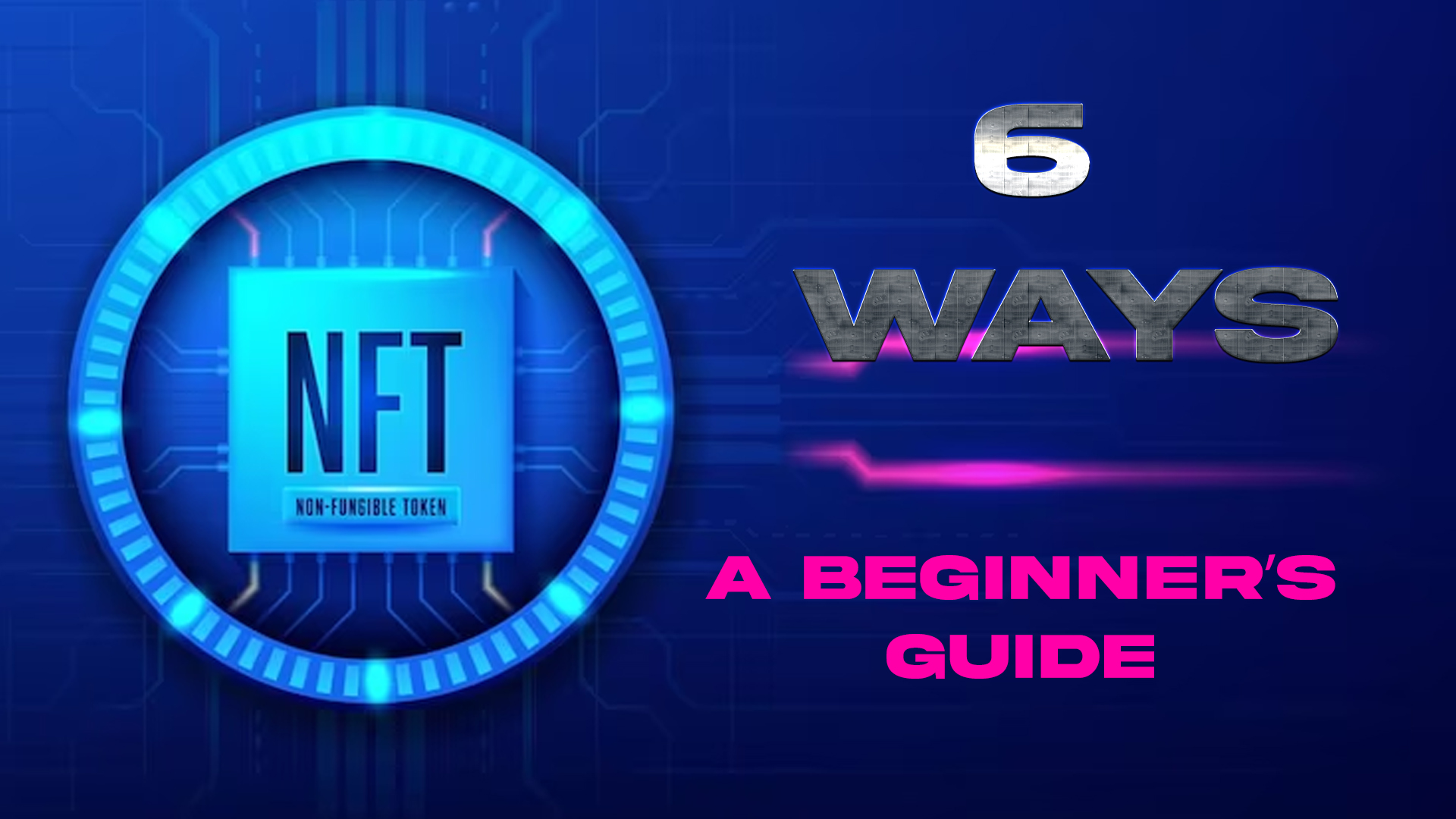Experts break down the risks of the crypto event

- Ethereum’s so-called merger is set for sometime around Thursday, according to the Ethereum Foundation.
- The transition from a proof-of-work to a proof-of-stake blockchain is intended to solve high traffic and transaction fees via more energy efficiency.
- Experts told Insider what the event means and what you can expect going forward.
The long-awaited Ethereum merger event is set to happen around Thursday, according to the Ethereum Foundation, and experts say it will reduce the blockchain’s energy consumption by 99%.
The update, which is six years in the making, will transform Ethereum from a proof-of-work to a proof-of-stake consensus mechanism. This means that so-called gas fees, or transaction costs, will decrease, and the network will be able to process transactions faster.
Some have called the merger the most important crypto event since the creation of ether and bitcoin, noting that the blockchain contains hundreds of billions of dollars in value. Ethereum underpins some of the best crypto-related applications such as NFTs and smart contracts.
Ethereum co-founder Vitalik Buterin recently voiced his support for proof-of-stake protocols on Twitterand has said that the goal would be to cut energy consumption by 99.95%.
—vitalik.eth (@VitalikButerin) 12 July 2022
“The way to think about the merger is simply as a shift in the way transactions are validated on Ethereum,” Ari Redbord, head of legal and government affairs at TRM, told Insider.
Proof-of-work verifies transactions through mining, but uses large amounts of energy to do so. Proof-of-stake selects validators based on the “stake” they have in the blockchain, or how much of that token has been pledged for the chance to be selected as a validator.
Effectively, the Ethereum network will split into smaller blocks of data to allow for faster processing, ushering in the so-called Ethereum 2.0 – which aims to handle 100,000 transactions per second. Currently, Ethereum can process approximately 30 transactions per second.
“Under the new paradigm, decentralized networks can operate with lower fixed costs, and become more flexible for larger-scale solutions beyond just currency and financial applications,” Al Morris, co-founder of DeFi firm Koii Network, told Insider.
Potential risks
Experts told Insider that the fallout from the merger is not guaranteed to be positive, and uncertainty remains.
Transaction security
Proof-of-work proponents have warned that a smaller number of ether holders will soon have outsized control, while proof-of-stake proponents argue that more control by investors in the network will lead to a more secure system.
To Redbord, which specializes in monitoring illegal activity in the digital asset sector, he said he was not sure if the security of the chain would improve with the update.
Staking questions
“A question that remains is whether the new Stake-based model will attract as many node operators, since tokens must be purchased before they can be staked as collateral, rather than just burning energy as was normal under Proof-of-Work,” Morris so.
He maintained that the investment requirement could in the long term lead to more long-term price stabilization.
Existing competition
Experts warn that the Ethereum blockchain will indeed become faster and cheaper, but it is possible that transactions will not increase as much compared to other, albeit smaller, chains.
“I think what’s interesting to investigate is how alternative smart chain blockchains take more market share from Ethereum,” Santiago Portela, CEO of FITCHIN, told Insider. “Just look at Solana. It’s already super fast and super cheap. It’s got real user adoption. In fact, NFT sales and transactions on Solana are now starting to outpace those on Ethereum.”
Institutional adoption
Meanwhile, the merger could encourage broader adoption by institutional investors, Bank of America wrote Friday.
The firm’s analysts said the “significant reduction” in energy use could allow more buy-in from traders previously prohibited from investing in tokens built on a proof-of-work framework.
BofA also explained that the merger serves as a precursor to Surge, a second planned upgrade for Ethereum aimed at increasing scalability and minimizing gas fees.
Overall, analysts said the event could usher in more widespread adoption of the Web3 ecosystem.
“Insurance companies generally invest their reserves in corporate and public debt instruments, but instruments with similar risk/reward characteristics are currently hard to find, or simply non-existent, in the digital asset ecosystem. Betting on Ethereum may be the closest option,” said BofA.

























